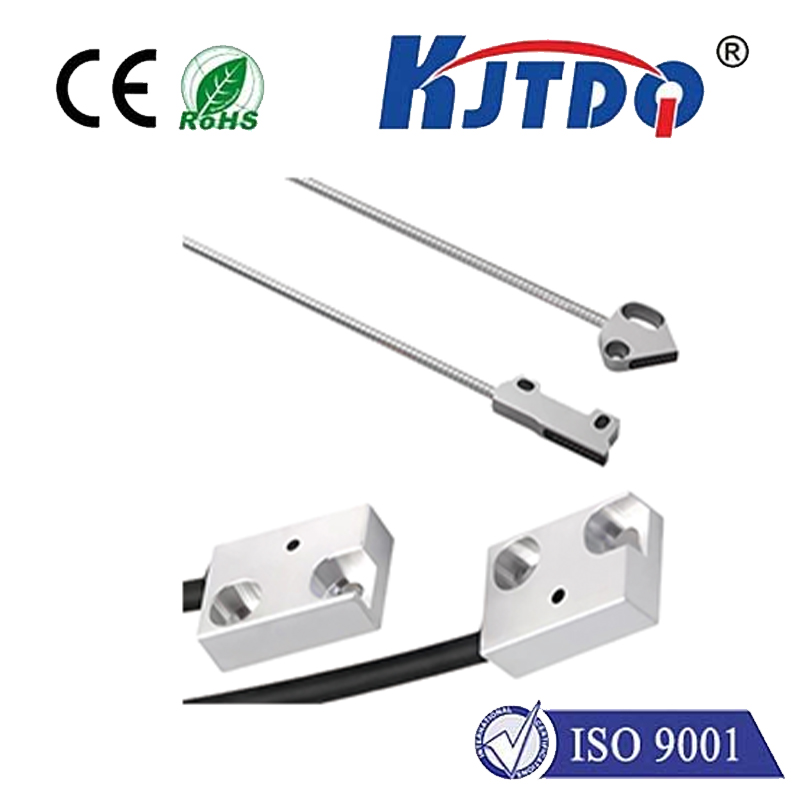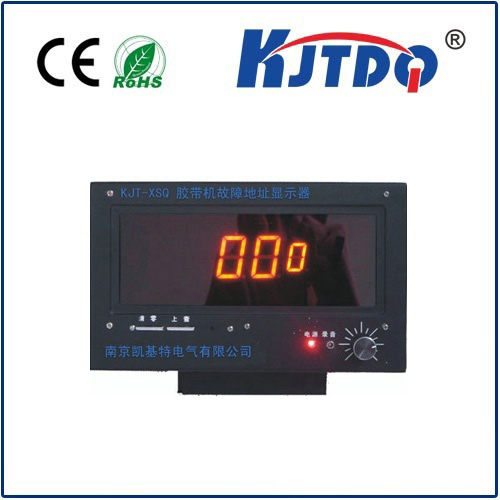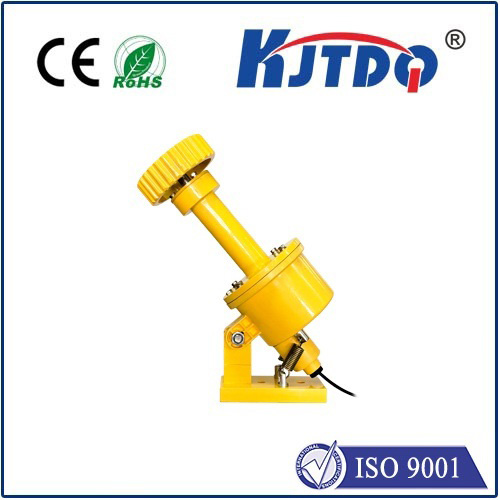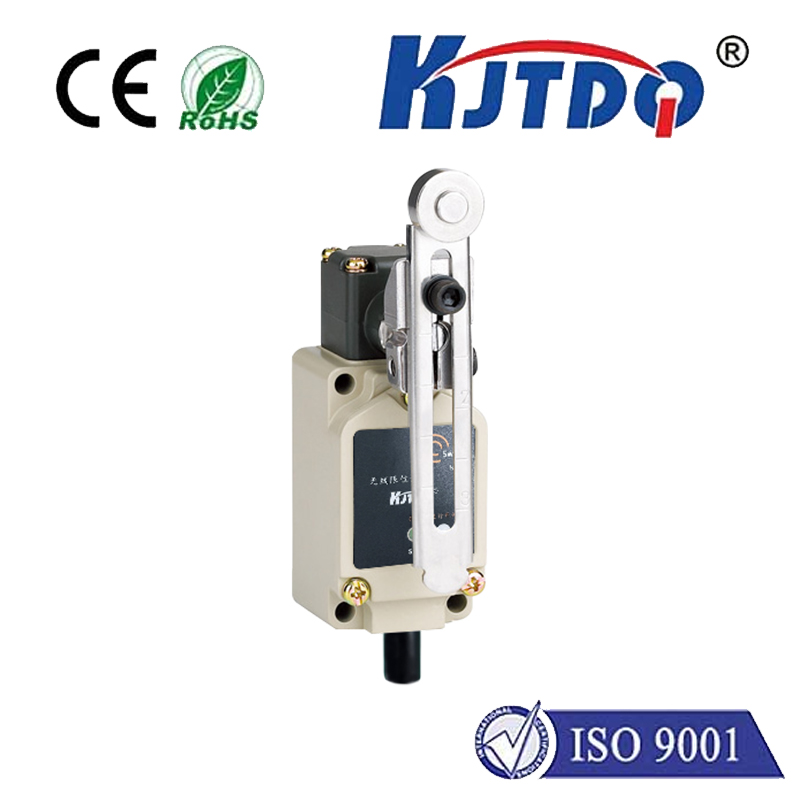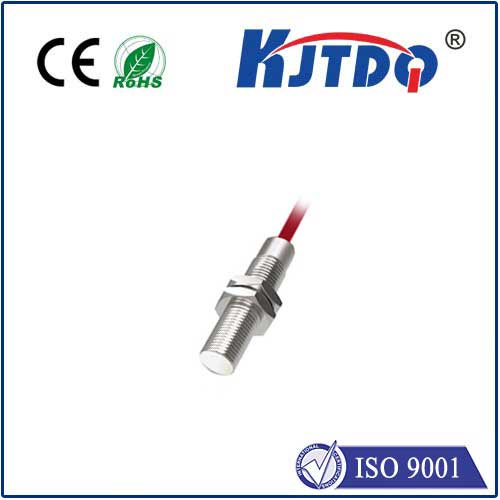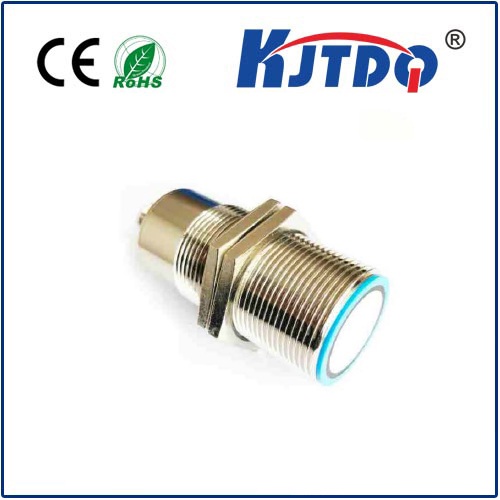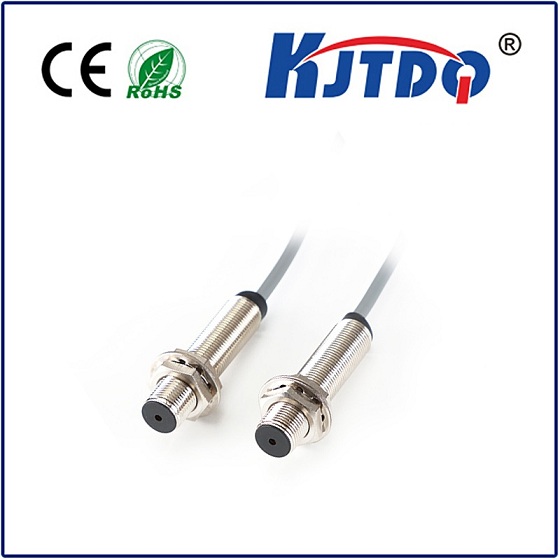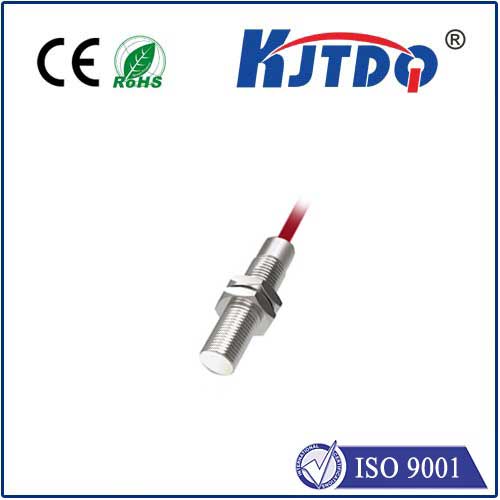

check

check

check

check

check

check

check

check

check

check
Title: The Versatile Role of Optical Endstop Switches in Modern Technology
Optical endstop switches play a crucial role in various technological applications, from manufacturing equipment to robotics. These switches are designed to detect the presence or absence of an object within a specific area using a light beam. In this article, we will explore how optical endstop switches work and their diverse applications.
An optical endstop switch typically consists of a transmitter and receiver pair that emits and detects a focused beam of light. When an object interrupts this beam, the switch sends an electrical signal to indicate the object's position or movement. This technology offers several advantages over traditional mechanical switches, including higher accuracy, increased reliability, and extended lifespan.

One significant application of optical endstop switches is in automation systems used in manufacturing processes. For example, they can be integrated into conveyor belts to monitor product flow or used to control machine tools by accurately identifying the precise location of components during machining operations. By providing real-time feedback, these switches improve efficiency, reduce waste, and enhance product quality.
In the field of robotics, optical endstop switches serve as essential components for precise motion control. They enable robotic arms to perform tasks with high accuracy by providing information about their position relative to other objects or structures. This capability is critical in industries such as automotive manufacturing, where robots must operate within tight tolerances to ensure the proper assembly of components.
Optical endstop switches are also commonly found in printers and scanners, where they help maintain accurate paper handling and alignment. By detecting when paper has reached its intended position or when it is missing altogether, these switches prevent paper jams and ensure consistent print quality.
In addition to industrial uses, optical endstop switches have found their way into consumer electronics. For instance, they might be incorporated into smart home devices like automatic door closers or energy-efficient lighting systems that turn on when someone enters a room and off when they leave.
Safety mechanisms also benefit from the use of optical endstop switches. In elevators, they can confirm the precise floor level before permitting doors to open, ensuring passenger safety. Similarly, in packaging machines, they prevent accidents by halting operations if foreign objects are detected on the conveyor belt.
The importance of optical endstop switches lies not only in their ability to improve operational efficiency but also in their potential to contribute to safer working environments. As technology continues to advance, it is likely that we will see even more innovative uses for optical endstop switches across various industries and applications.
In conclusion, optical endstop switches represent a fundamental building block in modern technology due to their reliability, precision, and adaptability. From enhancing industrial processes to making everyday consumer products more convenient and safe, these switches play a vital role in our increasingly automated world.
